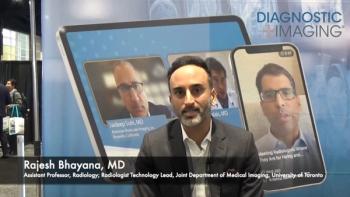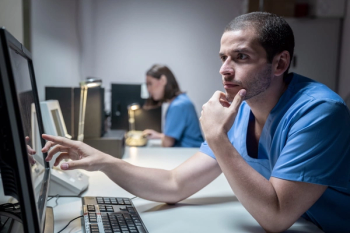
GE growth suffers from drag in healthcare
Healthcare dampened growth at GE in the second quarter, as revenue for biomedical products and services dropped 1% and segment profit dropped 8% compared with the year earlier period. Orders in the quarter were flat compared with the second quarter of 2006.
Healthcare dampened growth at GE in the second quarter, as revenue for biomedical products and services dropped 1% and segment profit dropped 8% compared with the year earlier period. Orders in the quarter were flat compared with the second quarter of 2006.
The company did not meet healthcare forecasts for the second quarter, even though these were made earlier in the year when two factors - the Deficit Reduction Act and suspended shipments from OEC - were well known.
"The DRA impact was not just on the nonhospital segment," said GE Chief Financial Officer Keith Sherin July 13 in a teleconference with analysts. "It spilled over into hospitals. The residual impact on other services and products was more than anticipated."
The shortfall was assuaged, however, by record performances in several of GE's other business segments. Despite the downward drag from healthcare, the company managed a 13% earnings rise and 32% overall growth in orders compared with 2Q 2006. Global revenues rose to $42.3 billion, up 12% on organic revenue growth of 8%.
Sherin said the impact of the DRA and a continuing suspension due to regulatory issues of shipments from the company's OEC business, which makes C-arms and other surgical products, was offset partly by strong performances elsewhere in healthcare. Diagnostic imaging sales internationally were up 18%. Life sciences showed 17% growth in the protein separation business and 6% growth in clinical.
A breakdown of the numbers indicated that operating profit in healthcare in the first half was down 3%, resulting from a 7% decline due to the stop shipment at OEC and an 11% decline due to U.S. imaging. This was partially offset by a 15% growth from international DI, healthcare IT, ultrasound, and life sciences.
The picture should brighten by the end of the year, Sherin predicted, as the U.S. market presents "less drag" and OEC begins to ship products again. In 2008, healthcare should return to its stride, producing "a strong double-digit year in operating profit," he said.
Company strategists had expected to be expanding next year into in vitro diagnostics with the purchase of Abbott Laboratories' IVD and point-of-care business, a deal that GE Chairman and CEO Jeff Immelt in the teleconference said they "weren't able to get done."
"Strategically, we will always look for ways to grow the platform, but I am patient," Immelt said. "We have been in the business 80 years. We have a chance to make smart choices that make sense for the business in the future."
Newsletter
Stay at the forefront of radiology with the Diagnostic Imaging newsletter, delivering the latest news, clinical insights, and imaging advancements for today’s radiologists.




























